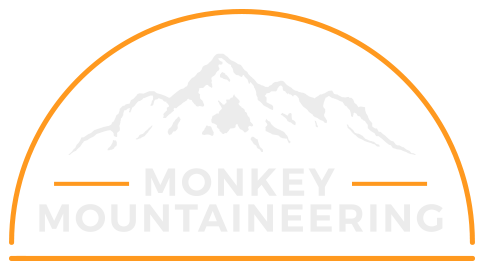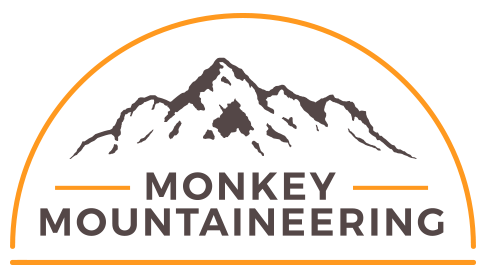The Mountains
Mount Everest, at 8848m, is the highest mountain in the world and as such it holds a great deal of historical and spiritual significance for locals and foreigners alike. Ever since the first successful ascent of Mount Everest, known locally as Chomolungma (Goddess Mother of the World), was made by Sir Edmund Hillary and Tenzing Norgay the mountain has attracted immense interest from scientist, geographers, mountaineers and, more recently from trekkers. To climb to the top of Everest takes commitment, fitness and courage combined with a good weather window however, you don’t need to climb it to see it and marvel in its magnificence.

